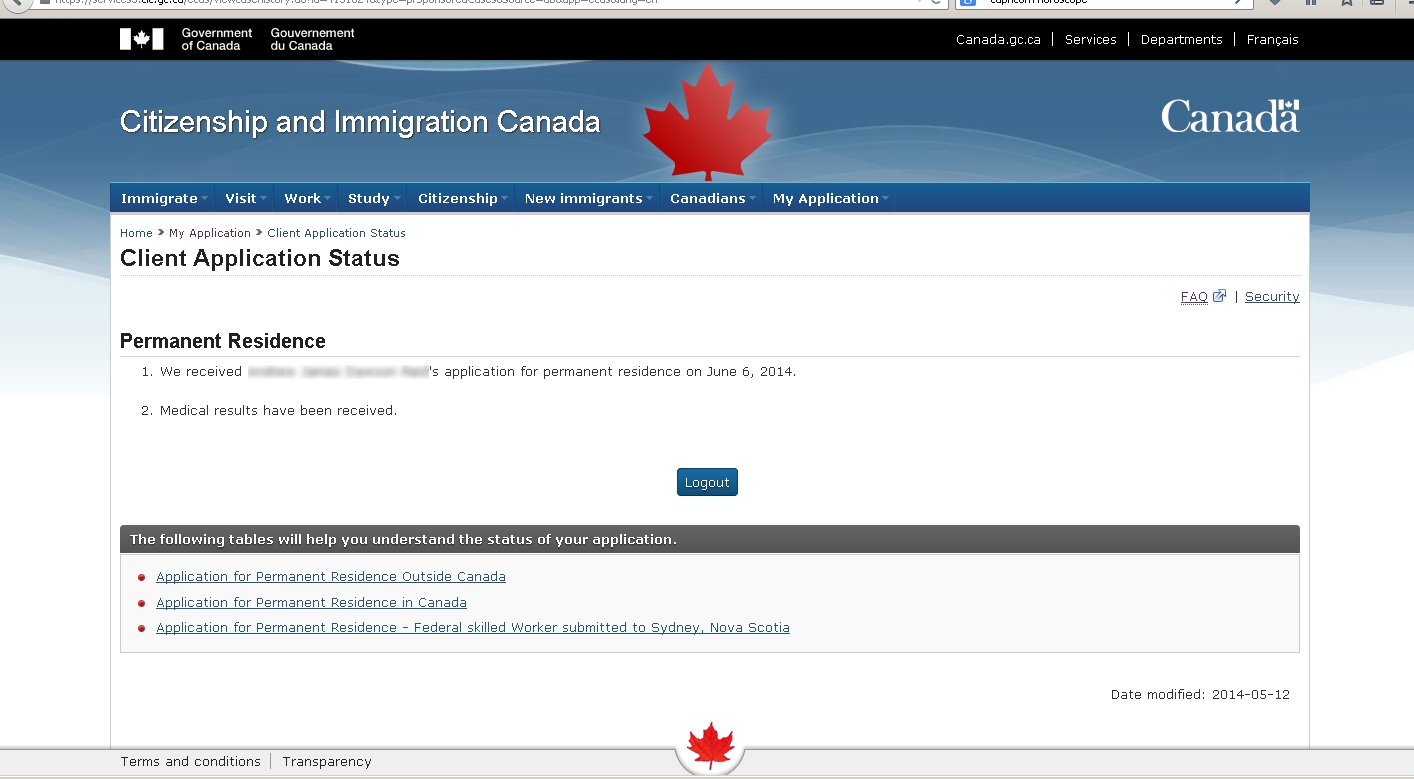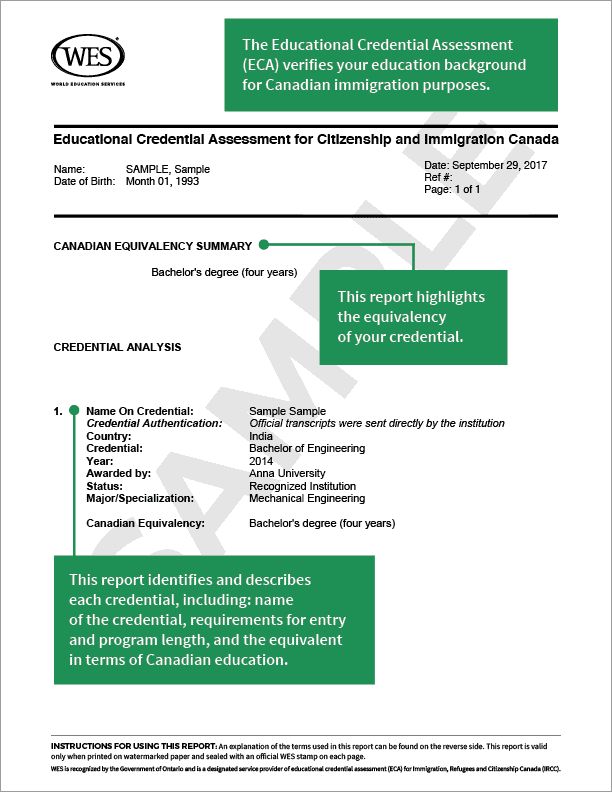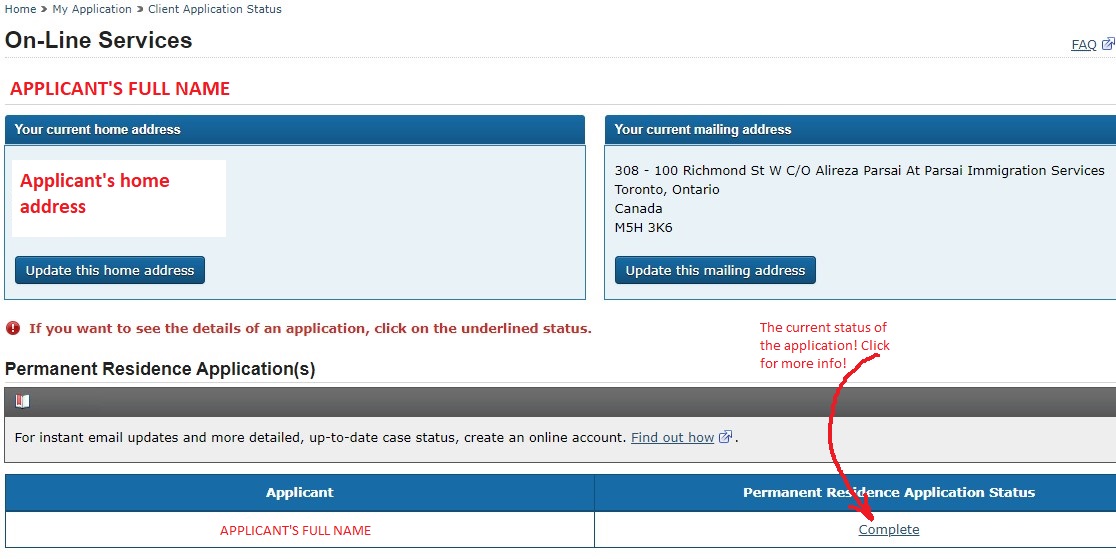- Ecas Canadavisa
- Ecas Full Form Canada
- Education Credential Assessment
- Educational Credential Assessment Eca Canada
- Immigration Ecas
- Ecas Canada Login

Evaluations for Immigration (ECA) World Education Services (WES) is designated by Immigration, Refugees and Citizenship Canada (IRCC) to provide Educational Credential Assessments (ECAs). An ECA is used to evaluate degrees and diplomas earned outside of Canada. View a sample ECA. ECAS is a learning and incubation platform where we research & design solutions to address today’s environmental concerns; small or big. We focus on reviving traditional practices and spreading knowledge through educational & awareness programs. ECAS (ekaas) translates to ‘oneness’, imparting a message of collective growth and human unity. For immigration to Canada, you should choose an Educational Credential Assessment (ECA). An ECA is required to apply to certain Immigration, Refugees and Citizenship Canada (IRCC) programs. World Education Services (WES) is designated by IRCC to provide ECAs for degrees and diplomas earned outside of Canada. With a WES ECA you can.
T4E for Employment Insurance and the Canada Emergency Response Benefit clients Alberta and British Columbia residents can access My Service Canada Account (MSCA) using their provincial digital ID ( MyAlberta Digital ID, BC Services Card ). ECAS was already phased out then as far as I know. The problem now is that I need to log into ECAS to change my address for delivery of my PR card (I opted to do this online at the airport when doing my landing - starting to regret this now, as I expected it to be a standalone site not ECAS).

Emission Control Areas (ECAs), or Sulfur Emission Control Areas (SECAs), are sea areas in which stricter controls were established to minimize airborne emissions from ships as defined by Annex VI[1] of the 1997 MARPOL Protocol.
The emissions specifically include SOx, NOx, ODSs and VOCs[2] and the regulations came into effect in May 2005.[3][4] Annex VI contains provisions for two sets of emission and fuel quality requirements regarding SOx and PM, or NOx, a global requirement and more stringent controls in special Emission Control Areas (ECA).[5] The regulations stems from concerns about 'local and global air pollution and environmental problems' in regard to the shipping industry's contribution. In July 2010, a revised more stringent Annex VI was enforced in the Emission Control Areas with significantly lowered emission limits.[2]

As of 2011 there were four existing ECAs: the Baltic Sea, the North Sea,[4] the North American ECA, including most of US[6] and Canadian coast[5] and the US Caribbean ECA.[5] Also other areas may be added via protocol defined in Annex VI. ECAs with nitrogen oxides thresholds are denoted as Nitrogen Oxide Emission Control Areas (NECAs).
| before 1 July 2010 | 1.50% m/m |
| between 1 July 2010 and 1 January 2015 | 1.00% m/m |
| after 1 January 2015 | 0.10% m/m |
| before 1 January 2012 | 4.50% m/m |
| between 1 January 2012 and 1 January 2020 | 3.50% m/m |
| after 1 January 2020[note 1] | 0.50% m/m |
Context[edit]
In 1972 with the United Nations Conference on the Human Environment, widespread concerns about air pollution led to international cooperation. Air pollution from 'noxious gases from ships' exhausts' was already being discussed internationally. On 2 November 1973 the International Convention for the Prevention of Pollution from Ships was adopted and later modified by the 1978 Protocol (MARPOL 73/78). MARPOL is short for Marine Pollution. In 1979, the Convention on Long-Range Transboundary Air Pollution, the 'first international legally binding instrument to deal with problems of air pollution' was signed.[3] In 1997 the regulations regarding air pollution from ships as described in Annex VI of the MARPOL Convention were adopted. These 'regulations set limits on sulfur oxide (SOx) and nitrogen oxide (NOx) emissions from ship exhausts and prohibit deliberate emissions of ozone-depleting substances.'[1] The current convention is a combination of 1973 Convention and the 1978 Protocol. It entered into force on 2 October 1983. According to the IMO, a United Nations agency responsible for the 'safety and security of shipping and the prevention of marine pollution by ships', as of May 2013, 152 states, representing 99.2 per cent of the world's shipping tonnage, are parties to the convention.[8]
SECAs or ECAs[edit]
As of 2011 existing ECAs include the Baltic Sea (SOx, adopted 1997; enforced 2005) and the North Sea (SOx, 2005/2006 adopted July 2005; enforced 2006),[4] the North American ECA, including most of US[6] and Canadian coast (NOx & SOx, 2010/2012)[5] and the US Caribbean ECA, including Puerto Rico and the US Virgin Islands (NOx & SOx, 2011/2014).[5][9]
The Protocol of 1997 ( MARPOL Annex VI ) included the new Annex VI of MARPOL 73/78, which went in effect on the 19th of May 2005.

Ecas Canadavisa
SOx emissions control[edit]
The purpose of the protocol was to reduce and to control the emissions coming from the marine vessels’ exhausts that pollute the environment. MARPOL convinced IMO to control the average worldwide sulfur content fuels. The Annex states that a global cap is 4.5 %m/m on the sulfur content in fuel. However, MARPOL insist on it being 1.5 %m/m in some regions classified as “SOx Emission Control Areas” (SECAs).[10]
On the other hand, MARPOL came up with a way to avoid using an exhaust gas cleaning systems or anything else that would limit SOx emissions. In fact, the exhaust gas cleaning systems must be approved by the State Administration before put into use. The regulations on the exhaust gas cleaning systems are to set by IMO.[10]
The monitoring of sulfur content of residual fuel supplied for use on board ships is being performed by IMO since 1999. The IMO monitors it by the bunker reports around the world. According to The Marine Environment Protection Committee (MEPC) the worldwide average sulfur content in fuel oils for 2004 was 2.67 %m/m.[10]
Ecas Full Form Canada
Education Credential Assessment
Nitrogen Oxide (NOx) emissions – Regulation 13[edit]
NOx control requirements apply worldwide to any installed marine diesel engine over 130 kW of output power other than the engines used solely for emergency purposes not in respect of the marine vessel’s tonnage where the engine is installed. However, there are different levels of regulations that are based on the ship’s date of construction. Those levels are broken down into 3 Tiers. Tier I applies to the ships built after January 1st of 2000. It states that for engines below 130 rpm must have the total weighted cycle emission limit (g/kWh) of 17, engines that are between 130 and 1999 rpm must have no more than 12.1 (g/kWh), engines above 2000 rpm must have the limit of 9.8 (g/kWh). Tier II has the following requirements: 14.4 (g/kWh) for engines less than 13 rpm, 9.7 (g/kWh) for engines 130 – 1999 rpm, and for engines over 2000 rpm 7.7 (g/kWh) is the limit. Tier II limits apply to the ships constructed after January 1st of 2011.Tier III controls only apply in the specific areas where the NOx emission are more seriously controlled (NECAs) and apply to the ships constructed after January 1st of 2016. For engines under 130 rpm the limit is 3.4 (g/Kwh), engines between 130-1999 rpm the limit us 2.4 (g/kWh), engines above 2000 rpm must have the total weighted cycle emission limit of 2.0 (g/kWh).[11][12]
Incineration[edit]
Annex VI prohibits burning certain products aboard the ship. Those products include: contaminated packaging materials and polychlorinated biphenyls, garbage, as defined by Annex V, containing more than traces of heavy metals, refined petroleum products containing halogen compounds, sewage sludge, and sludge oil.
Greenhouse gas policy[edit]
The Marine Environment Protection Committee (MEPC) has strongly encouraged members to use the scheme to report the greenhouse gas emissions. Those gases include carbon dioxide, methane, nitrous oxide, hydrofluorocarbons, perfluorocarbons, and sulfur hexafluoride. The purpose of making the guidelines on CO2 emissions is to develop a system that would be used by ships during a trial period.[13]
Regulations of 2013[edit]
In 2013 new regulations described in a chapter added to the MARPOL Annex VI came into effect in order to improve 'energy efficiency of international shipping'. The regulations apply to all marine vessels 400 gross tonnage or above. MARPOL requires the ship industry to use the EEDI mechanism that would ensure that all the required energy-efficiency levels are met. Also, all the ships are required to have a Ship Energy Efficiency Management Plan (SEEMP) on board, therefore, the seafarers always have a plan to refer to in order to maintain energy-efficiency levels required by the area the ship is at or sailing to at all times.
As for the additions to the Annex VI, there were corrections towards emissions, sewage, and garbage.Prior to the regulations adjusted in 2013 the sulfur emission control areas included: the Baltic Sea, the North Sea and the North American Area (coastal areas of the United States and Canada). However, the updated in 2013 version of Annex VI included the United States Caribbean Sea (specifically areas around Puerto Rico and the United States Virgin Islands) to the list.
Educational Credential Assessment Eca Canada
As for the other regulations updates, there is possibility of establishing “special areas” where sewage discharge laws would be outstandingly stricter than in other areas, as well as, the few minor additions to the garbage disposal laws.[13]
Notes[edit]

References[edit]
- ^ abNew rules to reduce emissions from ships enter into force, Briefing 23, International Maritime Organization, 18 May 2005, retrieved 4 May 2014
- ^ abAir Pollution and Greenhouse Gas Emissions, International Maritime Organization (IMO), 2014a, retrieved 4 May 2014
- ^ abPrevention of Air Pollution from Ships, International Maritime Organization (IMO), 2008, retrieved 4 May 2014
- ^ abcSulphur Oxides, International Maritime Organization, 2014, archived from the original on 23 December 2014, retrieved 4 May 2014
- ^ abcdeEmission StandardsInternational: IMO Marine Engine Regulations: Background, Diesel Net, September 2011, retrieved 4 May 2014
- ^ abCalifornia SECA Regulations Upheld by Supreme Court, Marine Link, 20 July 2012, retrieved 4 May 2014
- ^Sulphur oxides (SOx) – Regulation 14, International Maritime Organization (IMO), archived from the original on 2014-12-23
- ^Status of Convention, International Maritime Organization, 2013, archived from the original on 6 May 2014, retrieved 4 May 2014
- ^Special Areas under MARPOL, International Maritime Organization, 2014b, archived from the original on 1 May 2014, retrieved 4 May 2014
- ^ abc'Air pollution'. www.imo.org. Retrieved 2017-04-08.
- ^'Nitrogen oxides (NOx) – Regulation 13'. www.imo.org. Retrieved 2017-04-08.
- ^EPA,OECA,OAP,ITD, US. 'MARPOL Annex VI'. www.epa.gov. Retrieved 2017-04-08.CS1 maint: multiple names: authors list (link)
- ^ ab'Nitrogen oxides (NOx) – Regulation 13'. www.imo.org. Retrieved 2017-04-08.
“The North American Emission Control Area (ECA), under the International Convention for the Prevention of Pollution from Ships (MARPOL), comes into effect from 1 August 2012, bringing in stricter controls on emissions of sulphur oxide (SOx), nitrogen oxide (NOx) and particulate matter for ships trading off the coasts of Canada, the United States and the French overseas collectivity of Saint-Pierre and Miquelon.” SOURCE: IMO
North American Region
Immigration Ecas
“Baltic and North Sea SECA Pollution from Ships (MARPOL 73/78) allows for the designation of SOx Emission Control Areas (SECA’s) where ships should not use fuel with a sulphur content in excess 1.5% m/m unless fitted with an Exhaust Gas Cleaning system or other technological method.” SOURCE: ECMEUROPE
Ecas Canada Login
Baltic and North Sea Region